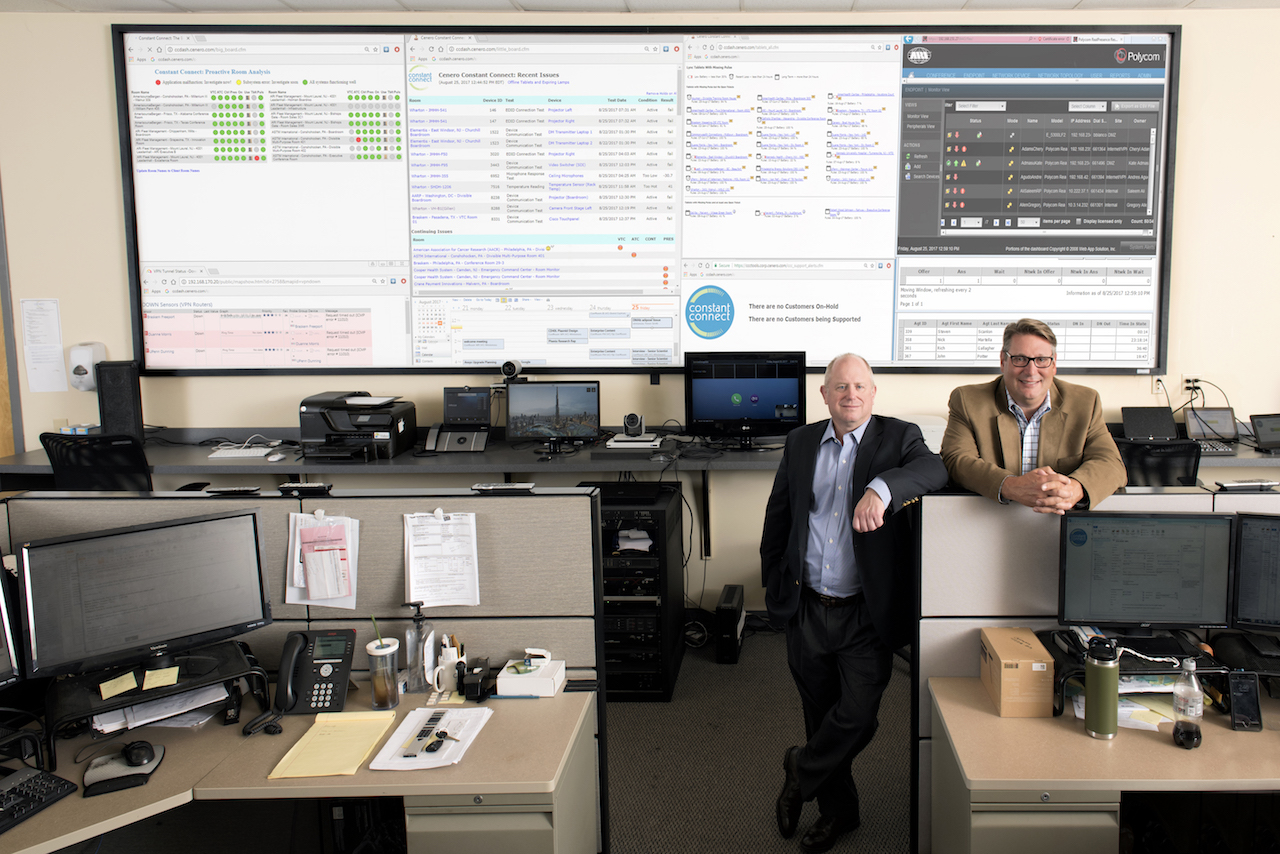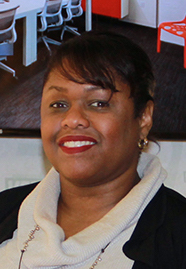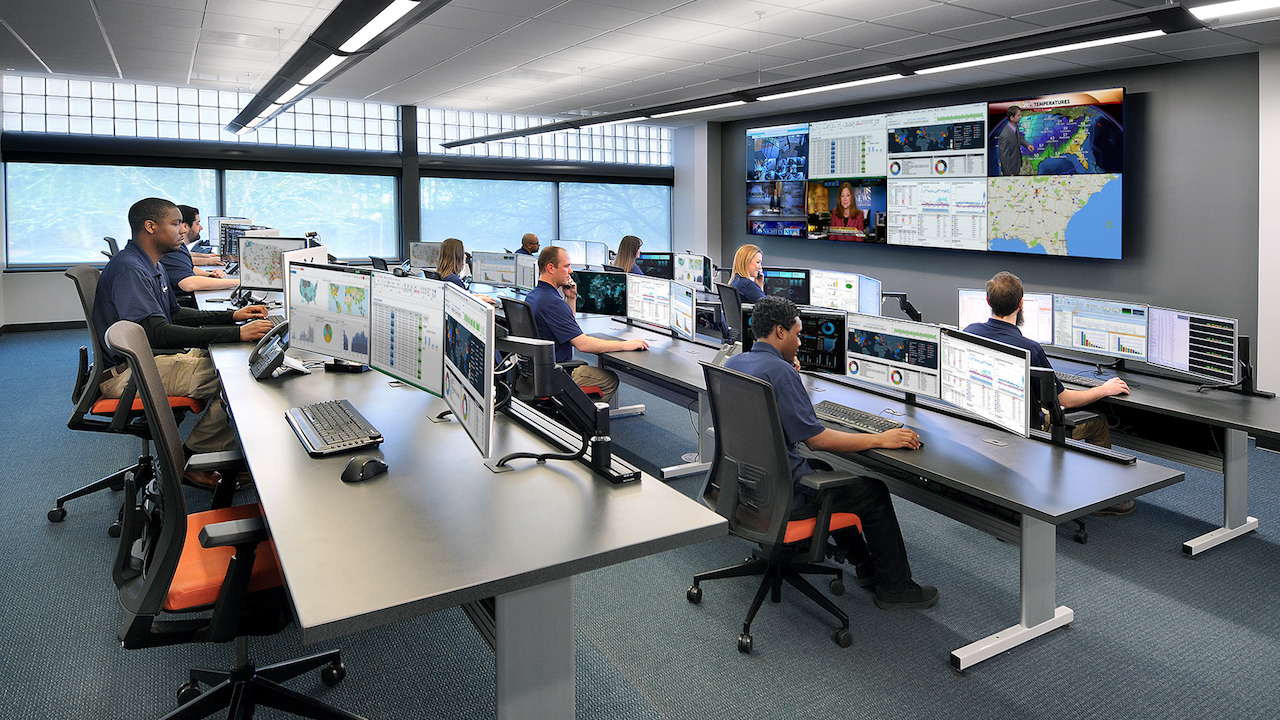Beyond the devastating human and economic toll of the novel coronavirus COVID-19 pandemic, the crisis comes at a time of an unprecedented availability of communications and collaboration technologies. Save for first responders, healthcare workers, and those within service industries where “work from home” (WFH) is not possible, these technologies are enabling millions of people globally to stay at home and continue to work.
By mid-March 2020, many cities and towns throughout the U.S. were under orders for employees to work from home with little notice. Providing guidance, backup communication services, and equipment, consultants and integrators have a long history of being first responders to help clients through times of disaster.
Related: Industry-Leading Companies Share Their New Roadmaps
We asked technology consultancy Shen Milsom & Wilke, and technology integration firms Cenero, Diversified, and Verrex to share insights as to how they were supporting customers during the COVID-19 crisis.
An Agile Team
For the teams at Shen Milsom & Wilke (SM&W), the transition to working from home was seamless and initial concerns around the bandwidth needed to share massive files such as those sent to and from facilities did not manifest.

“We were able to quickly move into virtual collaboration,” said Mark Peterson, a principal at SM&W. Already utilizing the agile project management framework, Peterson added, “a key was morning scrums and frequent check-ins during the day. I was impressed by how little an impact we experienced in terms of project schedules and being engaged with our clients’ designs. In fact, we are more productive than ever before, and we expect a continuation of high responsiveness to our clients’ projects.”
An interesting and unintended consequence of conducting video calls with clients in their home environment is that you gain personal insights that would not otherwise be seen. “This has provided us greater context for understanding our clients,” Peterson said. “The video calls provide details as to personalities and what they find important, such a pets, or kids’ toys. Having this information is very helpful in establishing the vocabulary and tone of the conversation.”
The multidisciplinary SM&W is already charting the course for when the world returns to the corporate office environment. “We are being asked for advice on IT, security, and AV changes that need to be considered to make the workplace healthier in the new normal,” Peterson said. He contends that the changes will be significant. “Not only are salad bars a thing of the past, so are the touchscreens in conference rooms.” If wireless sharing and BYOD weren’t already becoming the preferred way to collaborate in meeting rooms, “No one will want to touch the HDMI connector or the room PC’s shared keyboard and mouse,” he said. “Turnstiles and badge readers will be evaluated for upgrade, as soon as landlords realize the cost to keep them clean becomes greater than installing the newest frictionless technology.”
More than any specific technology, however, Peterson said one of the most important lessons learned from the pandemic is the dependency on accurate data for organizations and governments. “The huge drop in the economy will reinforce the need to make smart decisions that are backed up with analytics and accurate predictive modeling,” he said. “There also will be a greater investment in enterprise-wide monitoring tools, and mining utilization data from collaboration and room reservation platforms for space planning.”
Collaboration Lifecycle
Technology integration firm Cenero has always provided robust collaborative solutions that allow clients to connect and share from any device, anywhere. With the stay-at-home mandate, its focus quickly turned to advising its clients and partners on what solutions will work best in a remote environment. “We take into consideration how people will interact remotely within a specific company and the types of meetings they will conduct, and put together an overall recommendation based on use cases and specific requirements,” said Chris Henry, CEO of Cenero. “We make sure to address the entire meeting lifecycle—things like scheduling, launching calls, sharing content, recording critical sessions, streaming, archiving, training, and end user support are all essential in making collaboration initiatives successful.” Cenero also establishes collaboration standards, so everyone knows what platform to use, how to use it, and whom to contact if there are any issues. “This includes providing solutions that are flexible enough to accommodate future needs such as working with room-based systems and allowing people to connect with clients and partners that might be using other collaborative platforms,” Henry said.

As companies are adjusting to connecting remotely, some are facing issues when using collaborative technology. Recently, a CEO of a Fortune 500 company was having trouble with launching an audio call from his home office. “Since the company takes advantage of Cenero’s Constant Connect Proactive managed services offering that provides on-demand support with any AV technology issue, we were able to immediately help him with connecting the call,” said Cenero’s president, Rob Gilfillan. “We resolved the very time-sensitive issue remotely and the CEO was able to conduct the critical call as scheduled.”
Every office environment has workers who embrace new technologies and others who prefer the old way. The sudden shift to WFH has forced people who have never used video collaboration solutions into a new paradigm.
As the teams at Cenero support clients during WFH to connect and collaborate remotely, they are also preparing for when its clients return to the office and for those who will inevitably continue to work remotely. “As people return to an office environment, we will adjust course to accommodate those who will need a deeper level of collaboration,” Gilfillan said. “Solutions will need to evolve based on the new way of working. With more people continuing to work remotely, we will need to design programs that integrate remote platforms with meeting room technology to allow everyone to collaborate effectively.”
Resetting the Stage
Diversified has sold, deployed, and supported a robust suite of virtual collaboration solutions since its inception. “We understand that the shift to working from home has potential impacts concerning these collaboration tools, different workflows, productivity, and security,” said Stephen Jenkins, senior director of Intelligent Technology Solutions at Diversified. “We are uniquely positioned to assist our clients and enable the transition by providing upfront support of integrating new solutions like Webex or Zoom for video collaboration, UCaaS and CCaaS solutions for remote productivity communications, and cybersecurity product suites to ensure end-to-end security is extended to remote workers.”
This transition can be challenging for end users due to their daily workflow and applications being affected. “We have made sure our Global Services organization was trained and up to speed on the latest remote collaboration and cyber security tools to act as an extension of our client’s IT organization and handle the surge in demand for support in these areas,” Jenkins said. Diversified teams have been at the ready through its 24/7/365 network operations centers to empathetically support individuals remotely or onsite, as permissible.

Diversified’s initial engagements varied from client to client. There was a combination of denial of how long the stay-at-home mandate would last or how much a client would need to change the way they work, to fear about how they could continue to serve their clients and maintain revenue generation. But everyone had the same urgency and drive to adapt and change as quickly as possible to stay ahead of the curve.
“Our initial engagement was to listen, analyze, and consult,” Jenkins said. “We had to understand where [clients] were in the process, what challenges they had, and ultimately how we could provide value to ease some of their burdens.” After this assessment, Diversified quickly jumped into the action phase. The one consistent element of the COVID-19 crisis is the fast pace at which things change. “We understood that we had to accelerate everything to help our clients’ transition as quickly and efficiently as possible to allow them to keep working,” Jenkins said.
Most of the company’s clients have active service agreements with Diversified, which enabled them to help scale licensing more quickly, offer remote diagnostics, provide network and system testing, and schedule in-the-moment trainings as needed. “We quickly understood that our nature of support during this time had to shift,” Jenkins said. Our staff was trained and able to shift our focus of support to providing value with enabling collaboration and productivity from remote workers versus conference rooms. At no additional charge to our clients, we turned our entire Global Services organization into a remote help desk for collaboration tools on end-user devices.”
Diversified’s vice president of Advanced Visual Environments, Derek Paquin, described how the company helped various vertical market clients get up to speed quickly.
“We had a boot camp-style fitness franchise looking for ways to provide consistent value to their subscribers who are accustomed to a certain culture, workout regimen, and personal interaction with their trainers,” Paquin said. “We quickly got them set up on Zoom to provide remote workouts from their local trainers, two-way interaction for instruction, and personal one-on-one coaching sessions.”
A large pharmaceutical client reached out because the executive team wanted to host an all-hands call to address the COVID-19 impact and their company response. “This would typically be handled from a very controlled studio environment,” Paquin said. Like most during this crisis, the executive team would need to join a webinar from their homes. “Our customer support team quickly engaged with them to rehearse the presentation, perform test broadcasts, and ultimately, provide virtual white-glove support for their executive team,” Paquin said. “This led to a flawless execution and a sense of comfort for their executives to deliver a very important message.
“We have clients who use our onsite specialist services. Because there were pre-established relationships between our technical teams and client senior leadership, we were able to set up a remote video production studio within our client’s home so they can maintain a consistent cadence of communication by video with their teams. Additionally, the video messaging enabled a much more personal and engaging large-group touchpoint than an email.”
Diversified was proactive with early communications related to its commitment to practicing social distancing and responsible sanitation. “Because of that, we were able to gain permission to enter several buildings that were operating with limited staffing to complete installations—all done with zero disruption to employees,” Paquin said. The integrated spaces will be ready when people return to their on-premise offices.
Nobody knows the timeline or speed at which normalcy will return. “We feel that the current situation will likely transform work forever in the sense that companies will likely learn new ways of working that were never realized before,” said Diversified’s Jenkins. Principles learned during this time that will inform and evolve businesses moving forward. “Our goal is to assist these companies in understanding how the next phase of digital transformation will be structured after this season is over,” Jenkins said. “Our internal experts are already analyzing the market and our end users to plan for this.”
It’s likely that work-from-home policies will become more liberal. Enabling more remote collaboration will have some companies looking to reduce their physical office space footprint, transforming the current workplace environment. “We also anticipate a surge in requirements for installation, service calls, and preventative maintenance once this is behind us,” Jenkins said. “We are putting plans in place to address this surge both for projects and service.”
Diversified has stressed that the way they are doing business with its clients hasn’t shifted due to the pandemic. “The way we’re doing business with them hasn’t changed and may have illustrated that we are integral to their business,” he said. “We’re still just as committed to doing everything we can to help them be successful,” Jenkins said. “Maybe even more so with today’s volatility and uncertainty.”
On the Frontlines
For most of Verrex’s corporate clients, work from home is not a new concept—but now, the platforms needed to be scaled. “What we are finding is that clients do not have the equipment, such as high-quality cameras and headsets, which can be utilized with their new virtual rooms,” said Charmaine Torruella, Global Managed Services account manager at Verrex. “Being able to source these items and other critical spares are key to support their WFH ramp-up. Having access to additional supply should other devices and equipment fail will be important for continued support of their new business operations.”
Internally, Verrex has transitioned its live product demos and meetings to virtual to support its customers’ business continuity. “We conduct virtual updates for clients to help educate and navigate them through the impact of COVID-19 on supply chain and recalibration of AV standards and applications,” Torruella said. “This will help better outfit and manage their collaboration requirements once the coronavirus pandemic has subsided.”

Verrex has two major NYC Critical Care customers that are at the frontline of the COVID-19 crisis. “We are providing essential ground support to assist with decommissioning of AV spaces to enable turnaround into critical care rooms, to support the ramp-up of patient bed capacity as ordered by New York Governor Andrew Cuomo,” Torruella said. “Verrex is packing, securing, and storing the decommissioned equipment at our facilities so they can make the most of their real estate for PPE and critical care equipment housing.”
As the stay-at-home mandates are gradually lifted, Bill Chamberlin, vice president of global sales at Verrex, said, “We feel that this end date will not be a set milestone time, but will be a lessening of field and travel restrictions with new safety and social distance requirements.”
To support the return of field integration activities, Verrex implemented a structured training plan for its employees that includes OSHA, AVIXA, and manufacturer training and increases the technical capabilities.
“Verrex continues to focus on our communications, both internally within the organization and externally with our clients,” Chamberlin said. “Internally, our project management, operations, and sales teams continue to support client requests and deliver professional services as available under current regulations.” The teams have also developed new implementation plans and priorities of field-based projects to ensure there are no inefficiencies once various field operations resume. “There will be resource challenges, and Verrex is using this time to proactively plan our reentry in order to mitigate those as much as possible for our clients,” Chamberlin said.
Verrex continues to update its clients on what the company is doing to proactively support the safety of its employees and its clients’ employees, “and all our families while continuing business operations,” Chamberlin said. “Verrex and our clients collaborate and strategize on best practices to continue forward with projects that can be supported in our WFH business environment (professional services, procurement, etc.). Our collective goal is to emerge out of the current environment in a strong position to support the return of field-based operations and not just ‘pick up where we left off.’”
The New Normal?
Nearly everyone agrees that once the COVID-19 crisis is in our rearview mirror, that “normal,” will look and feel very different than at the beginning of 2020.
When the workforce “returns,” it’s unlikely that people will touch surfaces without wiping them clean or conduct remote calls with colleagues and clients using just a telephone. For those thousands of workers who had not yet embraced digital collaboration tools, a whole new world will have been introduced. Managers who were reluctant to trust that workers could be efficient and get the job done from a remote location will be delighted by sustained productivity.
When we return, it will be impossible to go back to the what was considered normal. Consultants and integrators are already planning how to help clients take full advantage of digital communication and collaboration tools and reshape the way we work.

